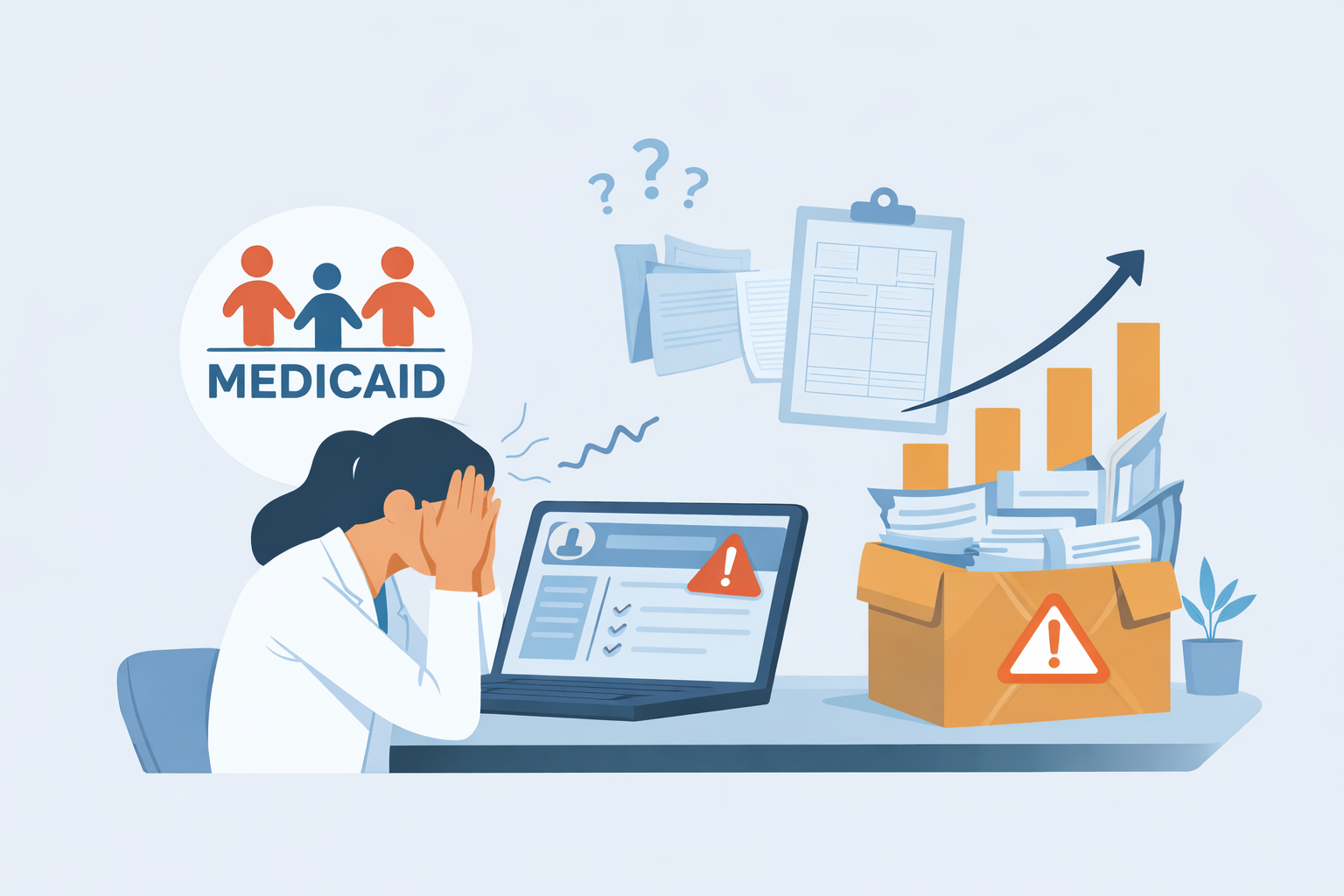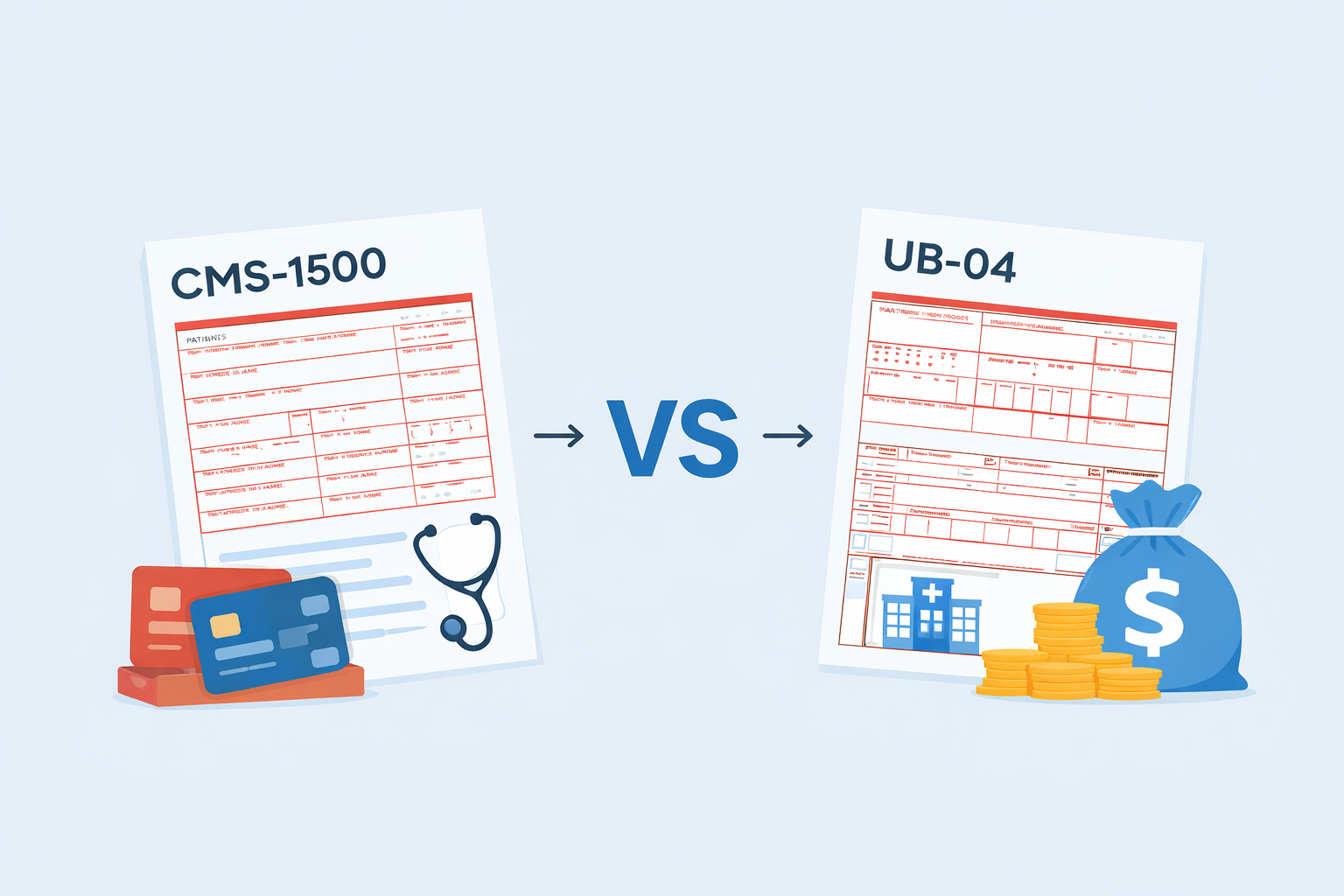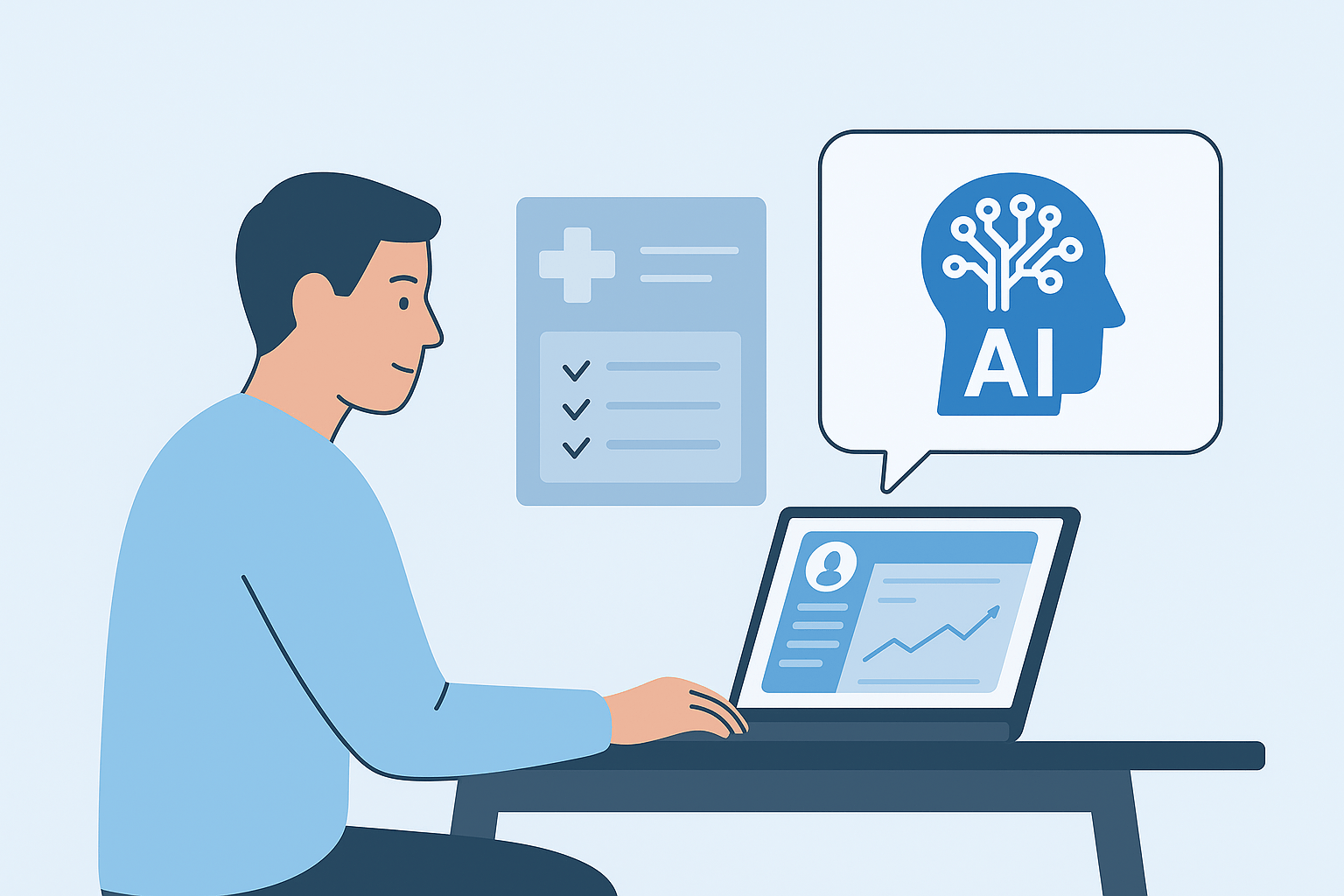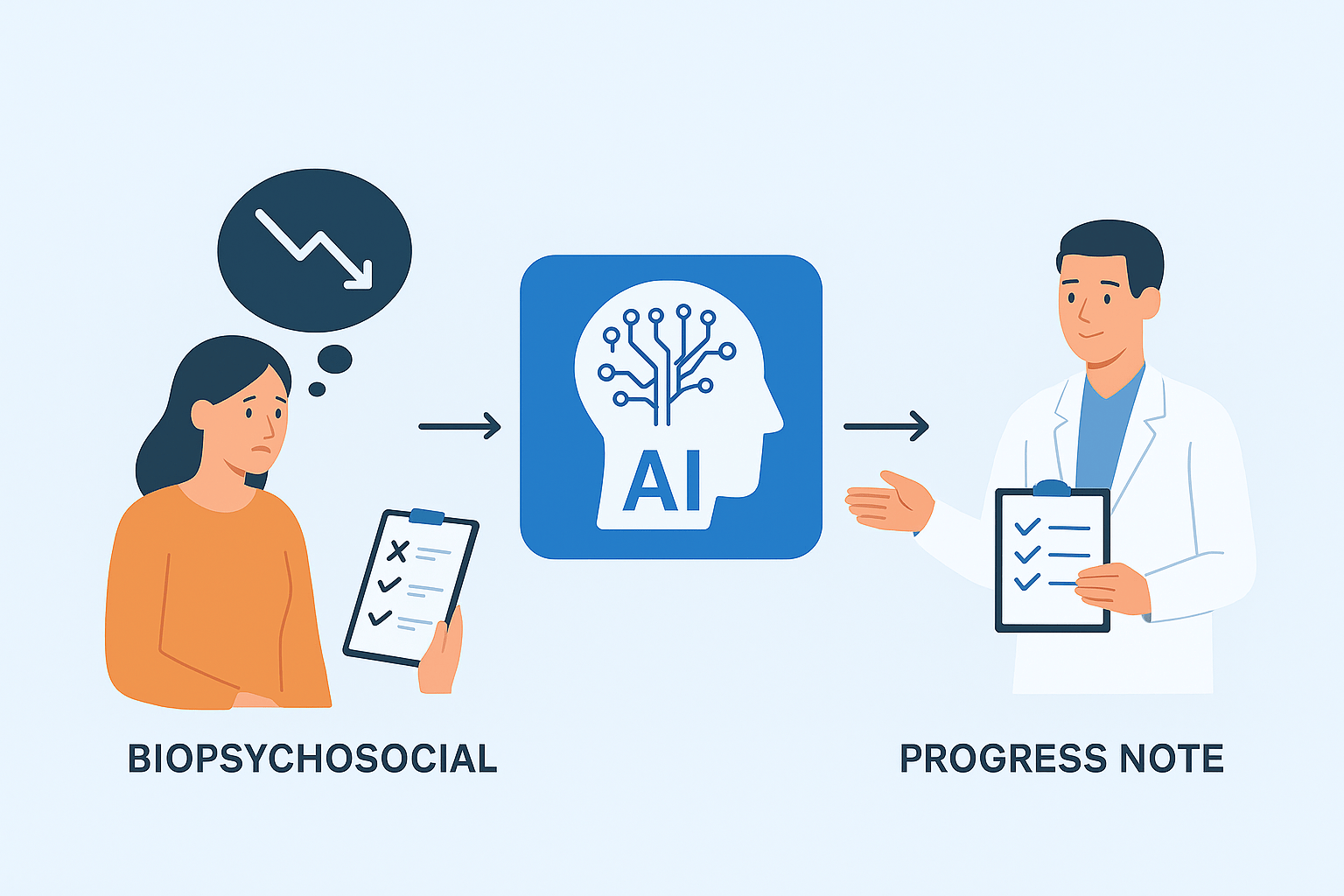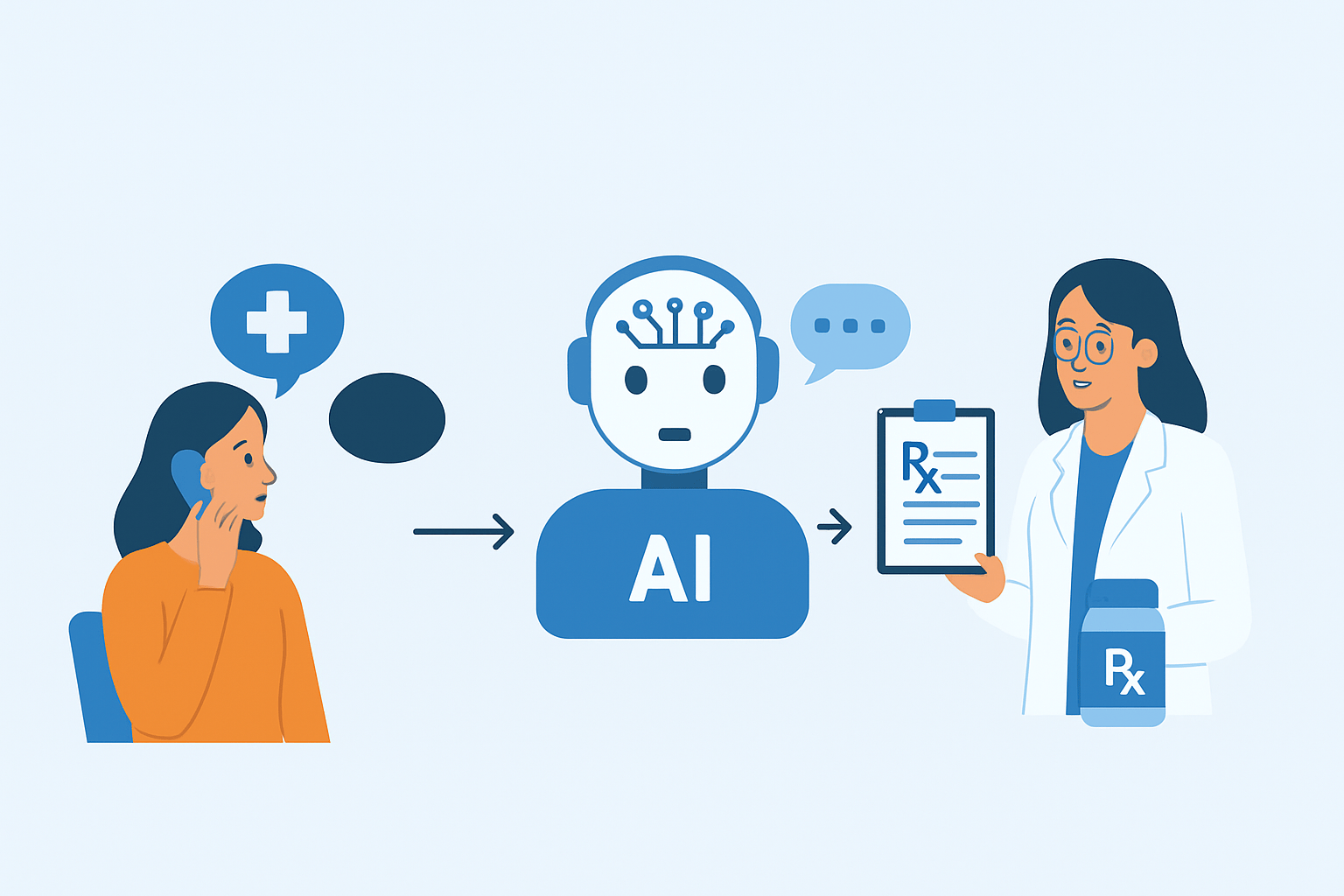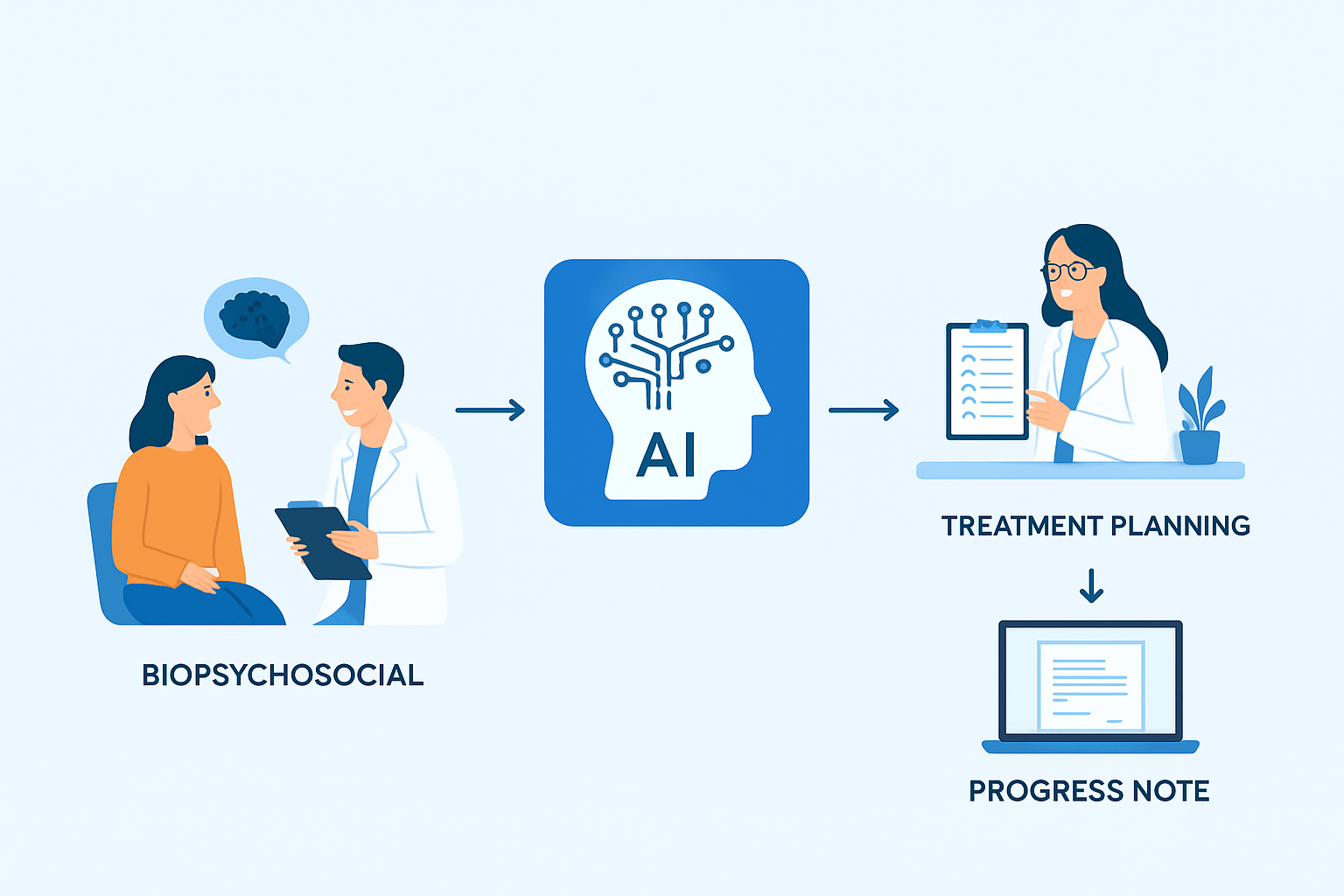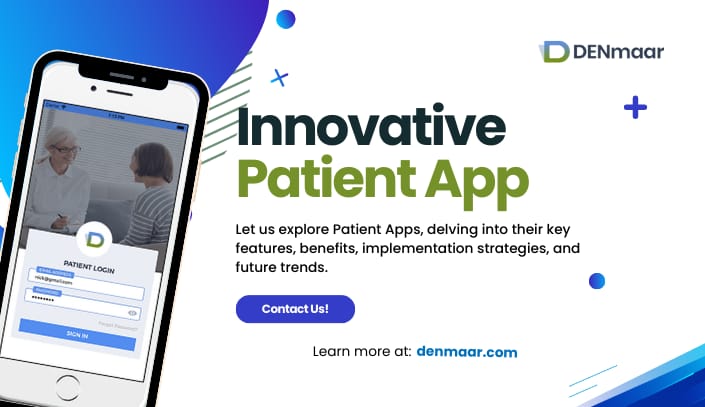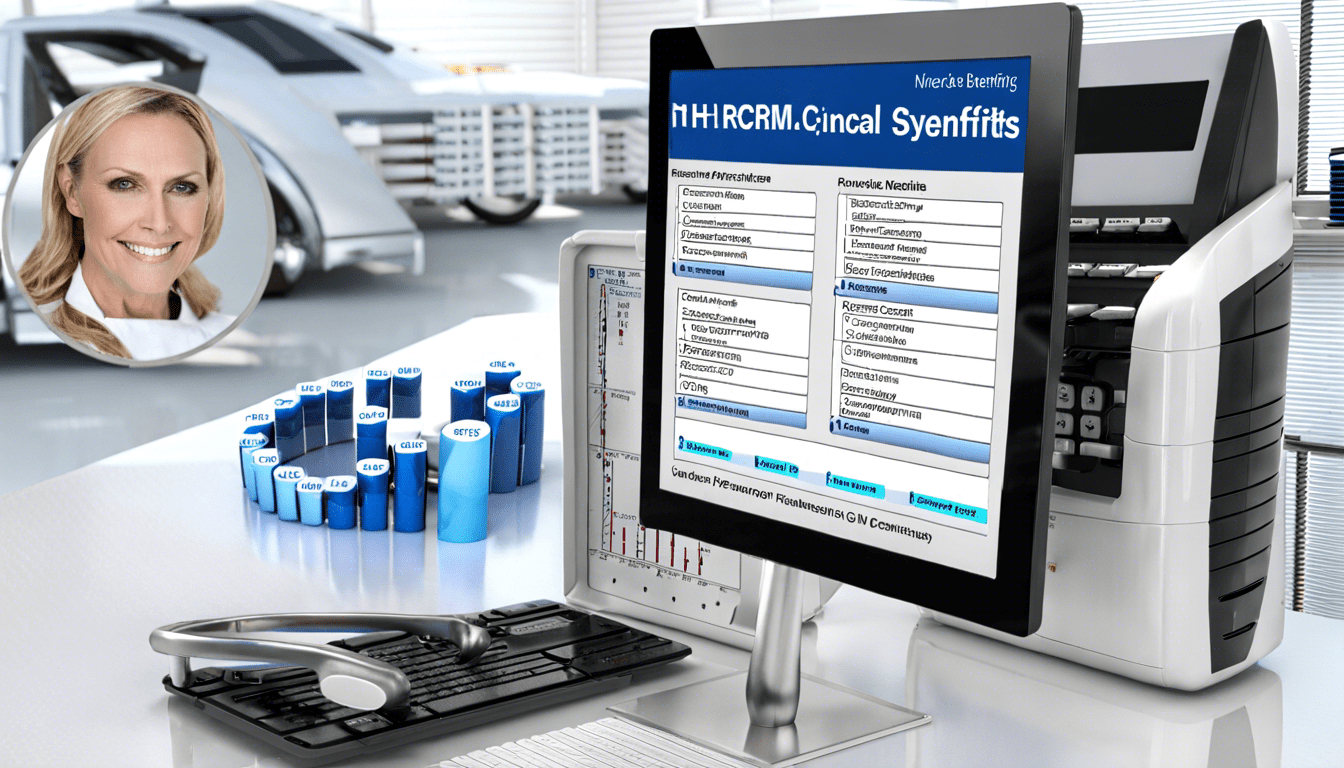Behavioral health practices did not suddenly become “too complex”. The system around them did.
Over the last several years, outpatient therapy and substance use disorder organizations, especially those serving Medicaid populations, have been pushed into operating models their software was never designed to handle. What used to work for low volume, private pay therapy breaks quickly once programs, units, authorizations, and state rules enter the picture.
That is why many Medicaid heavy practices are quietly outgrowing their EHRs. Not because they want more features, but because they need systems that reflect reality.
Many organizations discover this gap only after running into limitations with their existing behavioral health EHR platforms built for Medicaid complexity.
The Shift No One Planned For
Most behavioral health EHRs were built around a simple assumption.
- One provider
- One session
- One CPT code
That assumption no longer holds.
Today’s Medicaid dominant therapy and substance use disorder practices operate with:
- Multiple service lines including therapy, groups, substance use disorder care, and case management
- Unit based billing tied to time, staffing, and programs
- Authorizations that govern what can be billed, when, and how often
- State specific Medicaid rules layered on top of managed care organization requirements
- CMS-1500 and UB-04 billing existing side by side
None of this is edge case behavior. It is the default for serious outpatient Medicaid care.
Organizations navigating this shift often encounter confusion around CMS-1500 vs UB-04 billing for behavioral health organizations.
Where Traditional EHRs Start To Fail
Most EHRs do not break all at once. They fail quietly, in predictable ways.
Documentation Is Not Billing Aware
Progress notes are treated as clinical artifacts, not revenue drivers. Units, modifiers, place of service, and enrollment logic live outside the note, usually in spreadsheets or billing staff memory.
This disconnect creates friction between clinical teams and behavioral health billing services for Medicaid programs.
Medicaid Is Treated As A Payer, Not A System
Checking a Medicaid friendly box does not account for:
- State program enrollment requirements
- HCPCS driven services
- Group and per diem logic
- Hybrid billing models
What is required by the Centers for Medicare and Medicaid Services at a policy level looks very different when executed by states and managed care organizations.
Growth Exposes Operational Ceilings
As volume increases, practices feel it:
- Claims slow down
- Denials rise
- Staff productivity drops
- Founders become the bottleneck
The issue is not demand. The issue is that the system was never built to scale Medicaid complexity.
The Hidden Cost of Workarounds
Most practices do not replace their EHR immediately. They adapt around it.
They add:
- Manual billing checks
- Custom spreadsheets
- Staff tribal knowledge
- Rework after rejections
- Founder oversight to keep things moving
This works until it does not.
Every workaround introduces risk:
- Compliance drift
- Revenue leakage
- Burnout
- Inconsistent outcomes
Eventually, the practice hits a ceiling that has nothing to do with clinical quality and everything to do with system design.
What Medicaid Ready Systems Actually Need To Do
A system built for Medicaid heavy behavioral health must:
- Understand units, groups, and programs natively
- Tie documentation directly to billing logic
- Support CMS-1500 and UB-04 workflows without forcing a choice
- Adapt to state specific rules instead of ignoring them
- Reduce dependency on hero staff and founder intervention
This is not about adding more buttons. It is about embedding institutional knowledge into software.
Practices exploring modern mental health EHR software for complex care models often discover this requirement too late.
The Future Systems and Insurance Intelligence
The next generation of behavioral health platforms will not win on user interface alone.
They will win by:
- Increasing claims velocity
- Reducing denials before submission
- Shortening onboarding and credentialing timelines
- Making compliance invisible instead of manual
In Medicaid heavy environments, software without insurance intelligence becomes a liability. Practices are starting to recognize that documentation must also support billing logic through tools like AI progress notes aligned with Medicaid billing requirements.
A Quiet but Important Realization
Many therapy and substance use disorder organizations are not outgrowing their EHRs because they have become too ambitious.
They are outgrowing them because they are finally operating at the scale Medicaid care requires.
The practices that succeed long term will not be the ones with the most features. They will be the ones whose systems tell the truth about how Medicaid behavioral health actually works.

